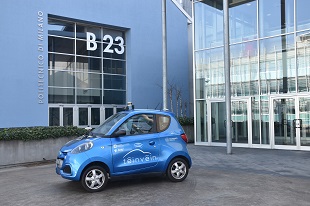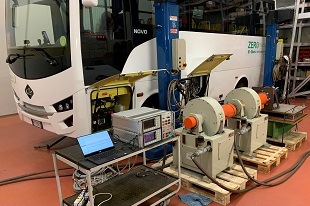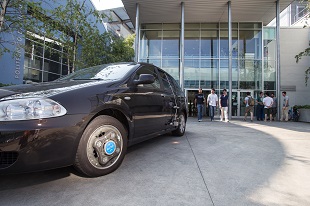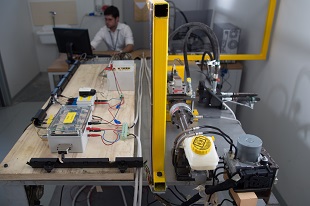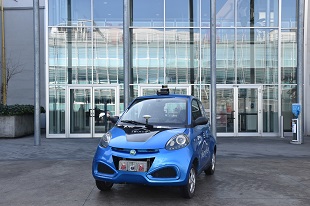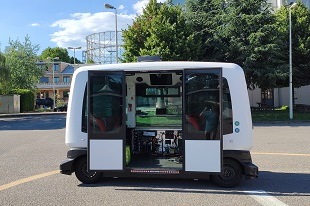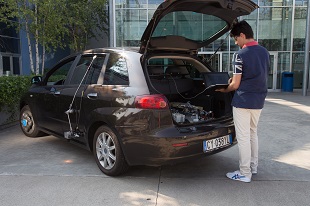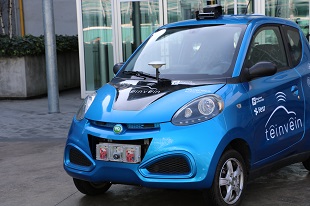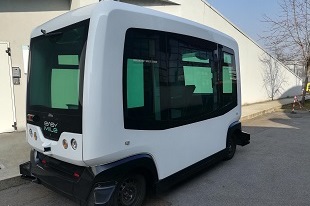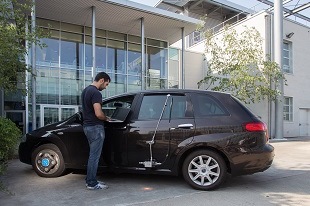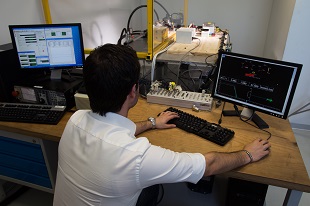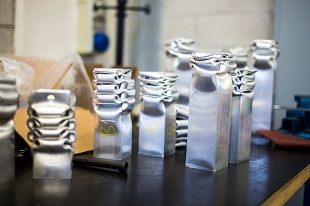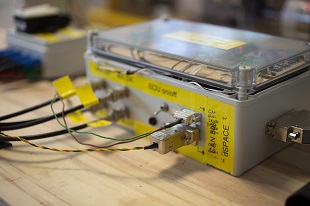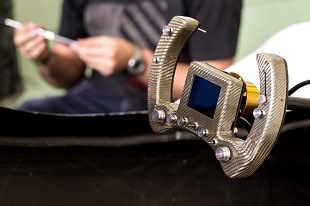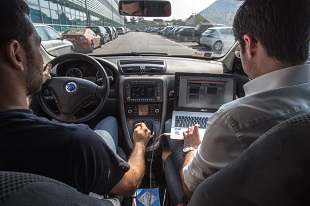
Vehicle Dynamics
Measurement, testing, development, and validation of vehicle dynamics models, state estimators, and control algorithms.
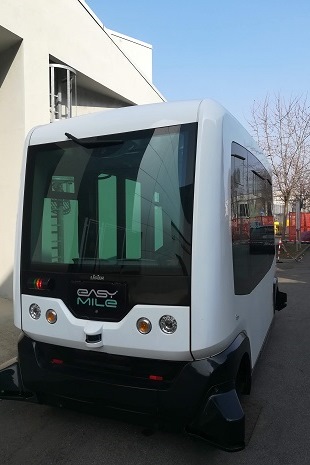
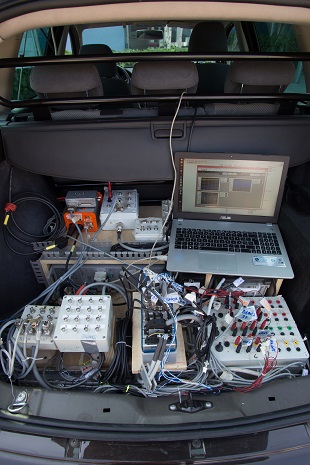
Description:
Main activities of the Laboratory are focused on testing, modelling and control of vehicles, with particular attention to suspensions, tires, braking systems, drivelines of conventional, hybrid or electric vehicles, control systems for active safety and performance, ADAS and autonomous vehicle control logics. The laboratory offers facilities and expertise for setting up road tests on the complete vehicle or indoor tests on single components. Commercial and innovative stability control systems (ESP, ABS, EBD, etc.) can be tested with a dedicated test rig based on hardware-in-the-loop technique. Our dynamic driving simulator (DRISMI) offers the possibility to insert the driver in the loop to better understand and tune ADAS and autonomous driving control algorithms.
References:
Pirelli Tyres, Ferrari Auto, FIAT, CRF (Centro Ricerche FIAT), Bridgestone, Tenaris Dalmine, CIFA, Marelli, Autoliv, Brembo, TRW, SAME, Maserati Auto, CRA-ISMA, Nokian Tyres, Kymko, MV Agusta, Lamborghini Auto.
Instruments & Facilities:
- Dynamic driving simulator
- Hybrid/electric power train full-scale and components full active test bench.
- Vehicle prototypes, fully instrumented and with autonomous driving capability.
- Vehicle logger and analyzers
- Wind tunnel
Activities:
ADAS and autonomous driving prototypes
- Vehicle dynamics test
- Validation of numerical vehicle models
- Validation of state estimators
- Testing of ADAS and autonomous driving control strategies
- Testing of autonomous driving state estimation and environment sensing
Several vehicle prototypes are available in our laboratories. Vehicles are equipped with sensors to measure the vehicle state (accelerometers, gyros, GPS, optical speed sensor and others) and to sense the surrounding environment (camera, lidars, radars, etc.). Vehicles are also actuated, and full autonomous driving control strategies are tested and compared. Vehicle teleoperation is another activity we are currently working on.
Characterization of spring and damper
- Characterization of spring and damper
- Evaluation of behavior with different active control logics
Our laboratories host test benches designed for the testing of suspensions components. Static and dynamic characterization of springs (coil springs, leaf springs etc.) and dampers (viscous dampers, magnetorheological dampers etc.) can be carried out. The force developed as function of deformation, speed, and other variables, in case of active or semi-active components, can thus be determined. Test bench can be easily adapted a series of different geometries.
Dynamic Driving Simulator
- Driver in the loop
Testing with dynamic Driving Simulator of Politecnico di Milano (DRISMI): set-up of the virtual models of a vehicle and its components, creation of scenarios in terms of road network (urban road, country road, highway) and interaction with other road users like other vehicles or pedestrian, measurement of the driver’s physiological response (eye tracking, skin potential, hear rate), data analysis.
Heavy and agricultural vehicles
- Rollover analysis
Numerous studies are conducted on the modelling and rollover analyses of heavy vehicles as well as agricultural vehicles under different load condition. Crosswind effect is studied also considering the interaction with driver. Active systems for reducing rollover risk are studied like active suspensions and active rear wheel steering.
Hybrid/Electric vehicle power train testing
- Battery cell characterization and testing
- Detection of motor characteristics (nameplate)
- Performance analysis of a complete powertrain
In our laboratories two test benches for the testing of hybrid/electric vehicle power trains are available ranging from small (from 7 kW) to high power trains (up to 200kW and 1300Nm). All electric quantities both on the electric motor, the power electronics, and the battery cells can be assessed for measuring the efficiency, the operating range, and the control behavior. Also, regenerative braking tests can be performed.
Vehicle Aerodynamics
- Drag
- Crosswind
- Noise
The availability of the large wind tunnel (GVPM) is suitable for automotive applications, in particular truck and motorcycle aerodynamics. The aerodynamics studies are carried out also with CFD, using a HPC infrastructure, for the analysis, among others, of vehicle wheel aerodynamics and aero-acoustic noise.
Tire modeling
- Contact forces
- Wear
- Noise and vibration
The group works on the modeling, design, and testing of tire performance, wear, and acoustical emissions. The research group also help to develops advanced and intelligent systems like the cybertire.
Noise and Vibration
- Tyre rolling noise
- Tyre dynamics
- Vehicle comfort
- Cabin interior noise
The research group works on the development and experimental validation of predictive models suitable for supporting noise and vibration mitigation in vehicles. The research topics cover both exterior noise issues and vibration/acoustic comfort inside the vehicle.
